Find the top interview questions for Instrumentation Engineers and must read instrumentation & Control Question bank list for attending the interview.
Instrumentation Questions
Explain Bernoulli’s theorem. State its application.
Bernoulli’s theorem states that the ‘total energy of a liquid flowing from one point to another remains constant’. It is applicable for non-compressible liquids. For different types of liquid flow Bernoulli’s equation changes.
There is direct proportion between speed of fluid and its dynamic pressure and its kinetic energy. It can be used in various real life situations like measuring pressure on aircraft wing and calibrating the airspeed indicator.
It can also be used to low pressure in the venturi tubes present in carburetor.
Why thermowells are used? What materials are used in thermowells?
In numerous applications, it is neither desirable nor practical to expose a temperature sensor directly to a material. Wells are therefore used to protect against damage corresion, arosion, aborsion and high pressure processes.
A thermowell is also useful in protecting a sensor from physical damage during handling and normal operations.
Materials used in thermo wells: Stainless steel, Inconel, Monel, Alloy Steel, Hastelloy
What is the use of single seated valve?
The single seated valve is used on smaller sizes where an absolute shut off is required. The use of single seated valve is limited by pressure drop across the valve in the closed or almost closed position.
What is the use of double seated valve?
In double seated valves the upward and downward forces on the plug due to reduction of fluid pressure are nearly equalized. It is generally used on bigger size valves and high pressure systems. Actuator forces required are less.
What is the use of valve positioner?
Valve positioner can be used for following reasons:
a. Quick action
b. Valve hysterisis
c. Viscous liquids
d. Split range.
e. Line pressure changes on valve
f. Bench set not standard
g. Reverse valve operations
What are primary elements of measuring pressure? Which type of pressure can be measured by these elements?
Primary elements of measuring pressure are:
a. Bourdon Tube
b. Diaphragm
c. Capsule
d. Bellows
e. Pressure springs
These elements are known as elastic deformation pressure elements.
Name different types of bourdon tubes.
Types of bourdon tubes :
1. C type
2. Spiral
3. Helix
What are different types of control valves?
The commonly used control valves can be defined as follows:
a. Depending on Action:
Depending on action there are two types of control valves
- Air to close
- Air to close
b. Depending on body:
Depending on body there are 4 types of control valves
- Globe valves single or double seated
- Angle valves
- Butterfly valves
- Three way valves
How D.P. transmitter can be applied to close tank?
In closed tank, bottom of the tank is connected to the high pressure side of the transmitter.
Top of tank is connected to the lower pressure side of the transmitter.
In this way vessel pressure can be measured.
How D.P. transmitter can be applied to open tank?
In open tank the lower pressure side is vented to the atmosphere.
All pressure is applied to the high pressure side.
This vessel pressure is measured through high pressure side.
Explain the working of an electronic level troll?
The variation in level of buoyancy resulting from a change in liquid level varies the net weight of the displacer increasing or decreasing the load on the torque arm.
This change is directly proportional to change in level and specific gravity of the liquid. The resulting torque tube movement varies the angular motion of the rotor in RVDT providing a rotor change proportional to the rotor displacement, which is converted and amplified to a D.C. current.
Explain the working of an enraf level gauge.
Enraf level gauge is based on the servo powered null balance technique.
A displacer serves as continuous level sensing element. A two phase motor controlled by a capacitive balance system winds unwinds the the measuring wire until the tension in the weight springs is in balance with the weight of the displaced part immersed in the liquid.
The sensing system in balance measures the two capacitance formed by the moving central sensing rod provided by the two capacitor plates and the si plates.
What is the constant voltage unit?
The constant voltage circuit consists of a rectifier, CR and a filter capacitor. It is followed by two stages of zener regulation. A bridge configuration is provided to lamp line voltage zener regulation.
Instrumentation Questions List :
1. How can leveltrol be installed in steam drum for measuring the level of steam drum?
2. What is ultrasonic flowmeter?
3. Differentiate between ultrasonic flowmeter and radar type flow meter.
4. What is the use of temprature compensation?
5. What is modbus?
6. How signals can be taken through modbus?
7. How earthing can be checked?
8. How many ohms are required for proper earthing?
9. Explain signal isolator.
10. Which wiring connection is preferred in motor for industrial use?
11. What do you mean by trim?
12. How DP Transmitter can be calibrated for crude application in floating roof tank?
13. What is the principle of capacitance type level transmitter?
14. How process line mpm calculation is done?
15. Explain PLC Level and its type?
16. What is procedure on mmwc in to tph?
17. How an rtd work, and what volts/current goes to a RTD to measure the resistance?
18. What is consistency transmitter and describe its working?
19. How to calculate MMWC values into tonnes?
20. How can I make calculation to Install level transmitter (DP) for open tank and close tank?
21. What is difference between DO and DI?
22. What is loop1 and loop2 in MTS LT?
23. How to calibration a control valve?
24. What is dry leg calibration and where is it used?
25. How flow can be measured with dp?
26. Why MMWC unit is used?
27. How HART protocol can be connected with control valves?
28. What is the meaning of slope in PH transmeter?
29. What is Difference between PLC and CNC?
30. If we have 450 mm height boiler drum level, so what is span & zero value for a dpt transmitter?
31. How can level transmitter in closed tank application be used?
32. Why ac supply load cell is used? Can we use the dc supply load cell?
33. What are advantages and disadvantage of the ac supply load cell?
34. What is coriolis principle for mass flow meter?
35. What are the automatic controller MODES?
36. What is Cryogenic?
37. What happen if we install my pressure transmitter below the elevation of pipe in natural gas service?
38. What are the reliability data, like failure rate etc, for bently Nevada systems & vibration probes?
39. What is the meaning of wet leg & where is it used?
40. What are the key components of control loop?
41. Working principle of lvdt?
42. What is difference between differential pressure & delta pressure?
43. How to trim the pressure transmitter?
44. What are different types of cable?
45. What is the use of control cable?
46. Which type of diaphragm use in costic line, DM water line, natural gas line, oil line?
47. What are different types of valves?
48. What is the hydra step level sensor output value (measuring level of steam drum)?
49. What is mean by live zero and dead zero?
50. When a magnet is heated?
51. Why the degree of valve plugs and valve seat is slightly different I control valve trim design?
52. What is modbus, profibus, fieldbus?
53. What is the use of gauge?
54. How to calibrate differential pressure switch?

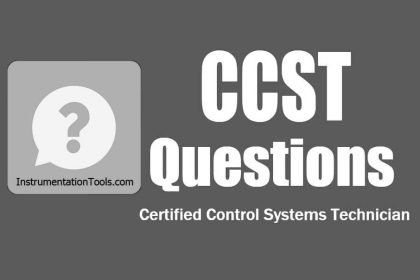
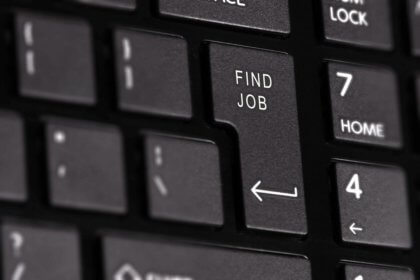
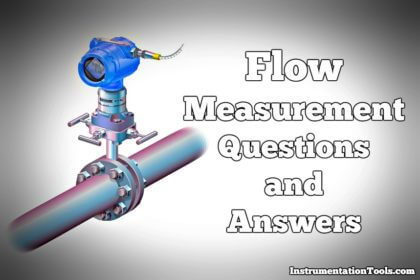
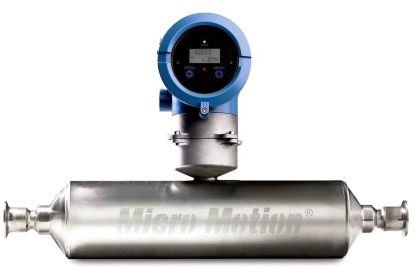
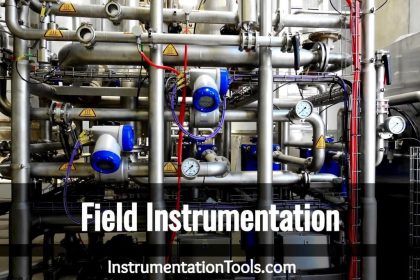
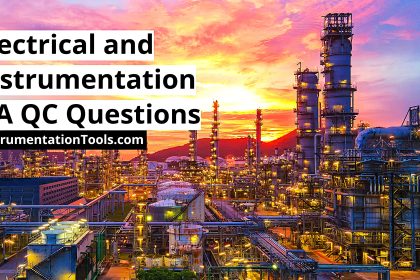
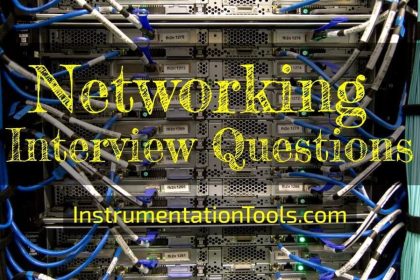

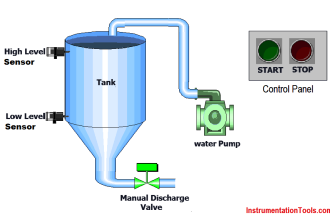
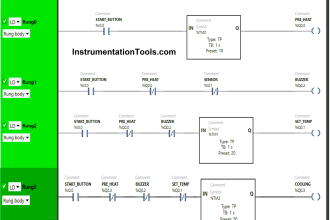
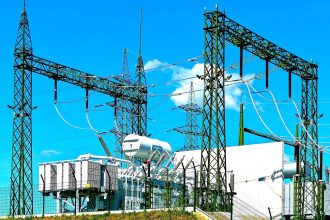
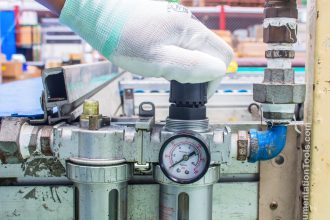
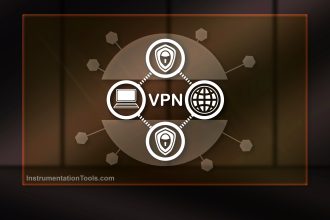
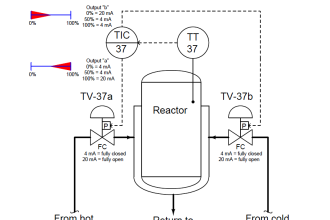
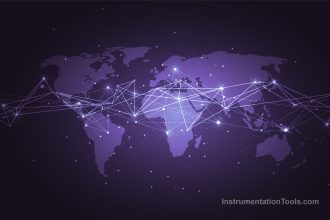


plz sir provide me instrument supervisor interview questions and answer
now I am needed plz plz plz plz…..
Sir if u have any Instagram …i will be follow up